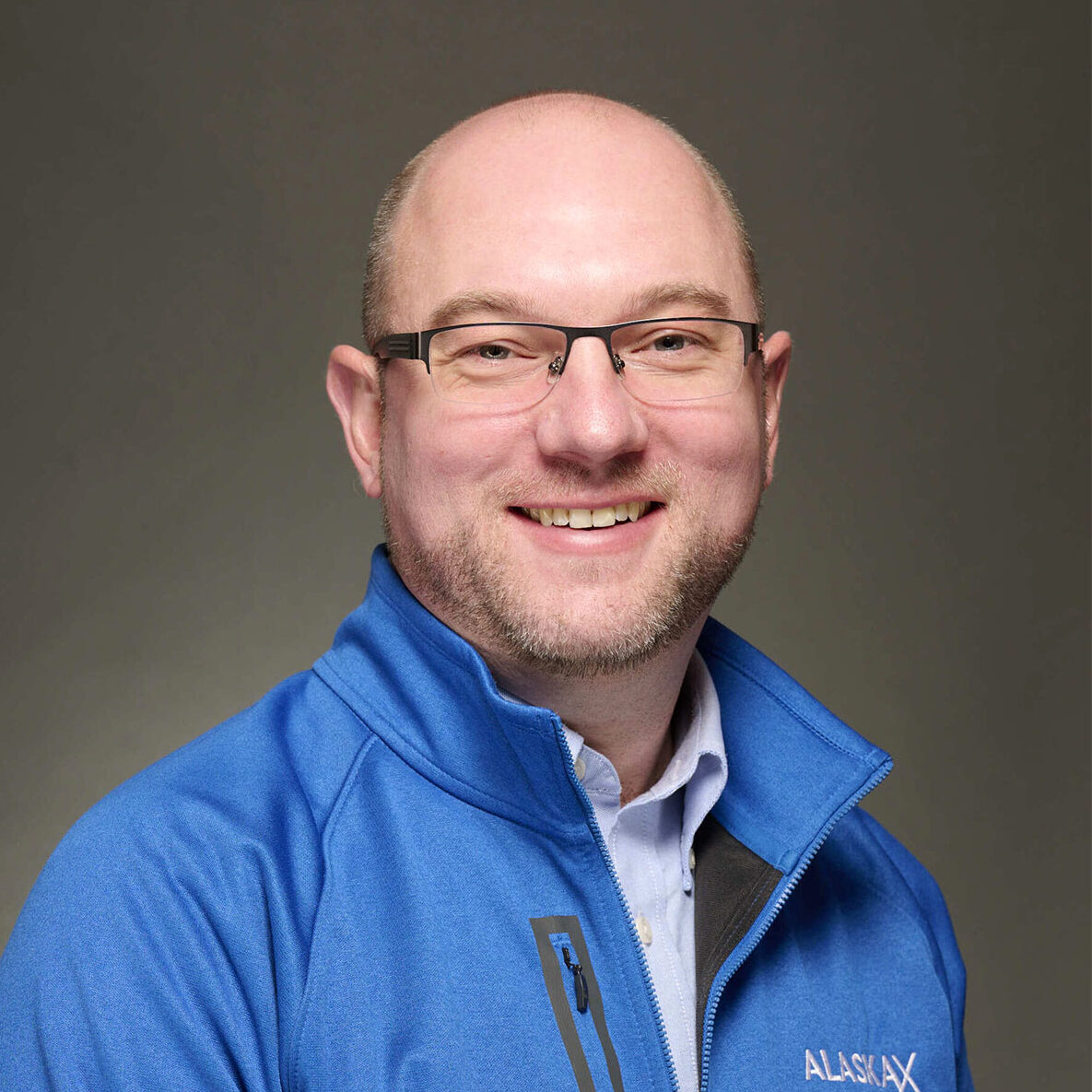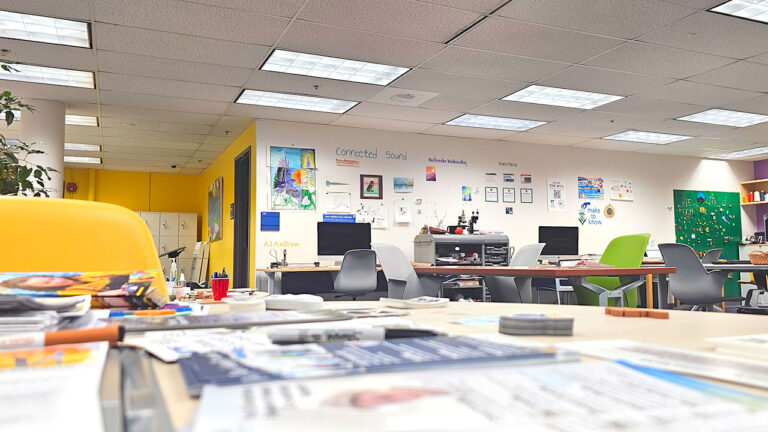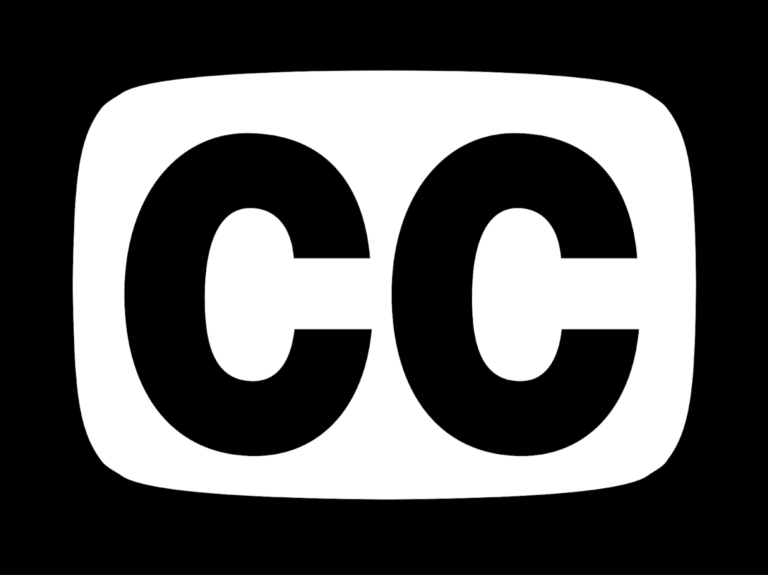How UAF instructors are improving accessibility
What does it mean for an online course to be accessible? Where does one begin to make it accessible? Many UAF instructors have already gone through the journey of addressing accessibility. Some built accessibility as part of the initial course design, and some in response to a request for accommodation. Many do it as part of their own efforts to continuously improve their courses.
I chatted with some of these faculty to ask why they have prioritized accessibility and what they have learned in the process. Their insights into the experience may be valuable to instructors who are on the cusp of making similar efforts.
Reasons for accessibility
Accessibility in education can be defined as “the ability of the learning environment to adjust to the needs of all learners.”1 A course that has this flexibility built-in, often by following the principles of Universal Design, can meet the wide variety of learner needs.
For some, the decision is a moral one. Joanne Healy, assistant professor of special education, holds the view that one “can’t ethically teach a special education course without it being accessible.” Healy has improved 15 UAF special education courses to high standards of accessibility. Rich Collins, professor of atmospheric science, views it as a matter of institutional responsibility. “Access to education is not negotiable. As a state public education institution, we have to address accessibility issues for access to the public.”
Accessibility is for all
Many instructors have realized that what seems to be a specific accommodation actually benefits their students broadly. A hallmark example of this is captioning. Hillary VanSpronsen, instructor of mathematics, has created videos for eight online math courses. She once uploaded a new video to a course before the captions had been completed. She quickly heard from two students, each asking what had happened to the captions on the video. VanSpronsen realized that her students had come to rely on captions as a default means of access.
Latrice Bowman, instructor of mathematics, has created 175 short instructional videos for her courses. Because the videos are captioned, they are searchable. This has improved the learning experience since “students no longer have to sift through information.” Students have shared that they like to be able to see writing on screen, hear what she says and then read that same content, pausing if necessary.
Small steps
Addressing every single accessibility issue in an existing course can be a massive undertaking. Some instructors have done so by working incrementally. Some small steps early on can pay off later when a larger effort needs to be made.
Healy wished that she had known “to gather accessible PDFs from the very beginning of the course design process to mitigate the daunting task of replacing or modifying an entire course later on. Lisa Kljaich, an instructor of art and music, suggests being methodical. “Spend 20 minutes on it three times a week. Like music skills, you don’t do it all at once.”
Lindsey Heaney, an instructor of communications and journalism, started small by adding image descriptions in Blackboard using Blackboard Ally. “It wouldn’t have even occurred to me that some students wouldn’t be able to see the images. Writing an image description just takes five seconds, so I’m going to do that. The reward greatly outweighed the costs.”
Future-proof your course
Devin Drown, assistant professor of biology, uses CTL’s captioning services and advises others to address accessibility at the point of content creation. “It’s too easy to get it done. You’re future-proofing your course. It’s not an additional burden when you make it part of the course design process.”
Maureen Biermann, an instructor of sociology, pointed out that there are more resources available to instructors these days and that, administratively, accessibility is seeping into the consciousness of the institution. She acknowledged that at the instructor level it can still be a little intimidating. “Oh my god, is this one more thing I have to do? But as I have been teaching, I realize that I’m already doing a lot of this. It’s doing what I already do, but doing it better.”
References
1 IMS Global Learning Consortium (2004) IMS AccessForAll Meta-data Overview. Retrieved from https://www.imsglobal.org/accessibility/accmdv1p0/imsaccmd_oviewv1p0.html




[…] How UAF instructors are improving accessibility […]